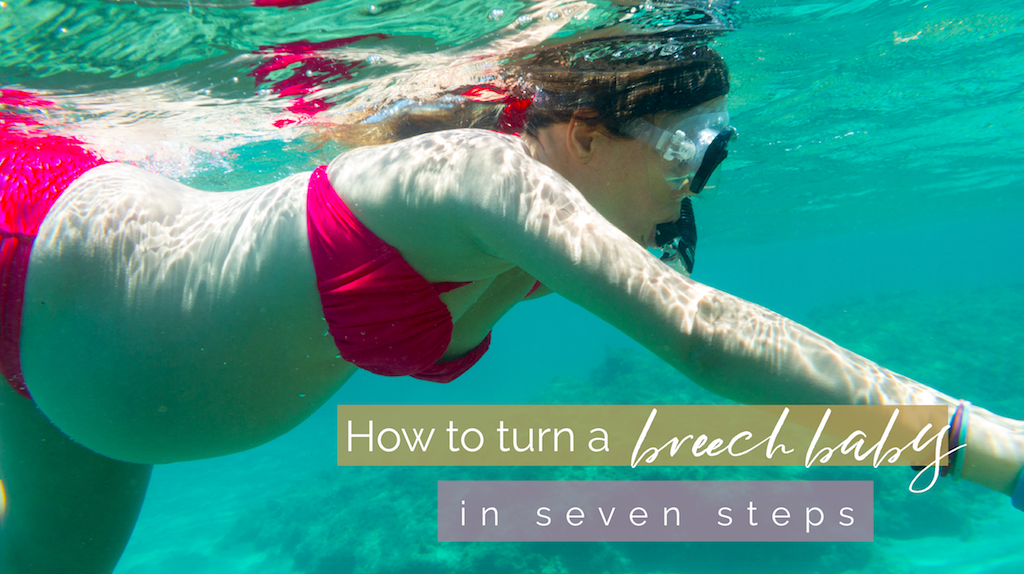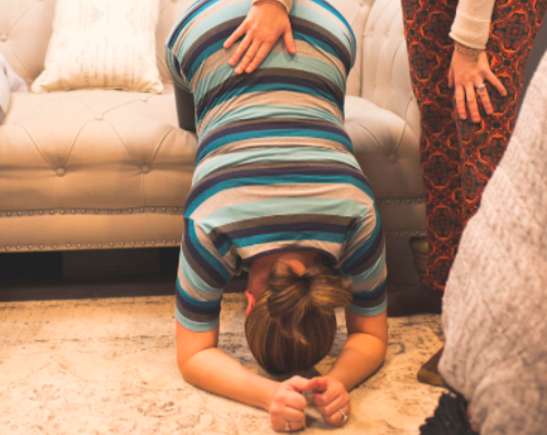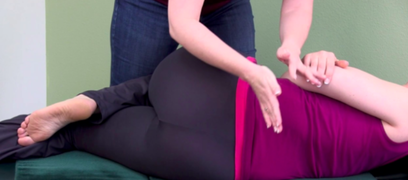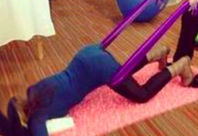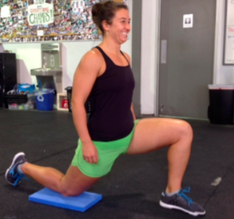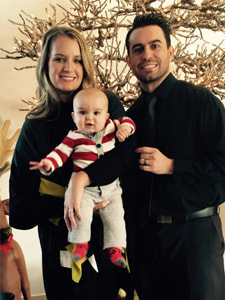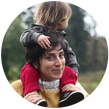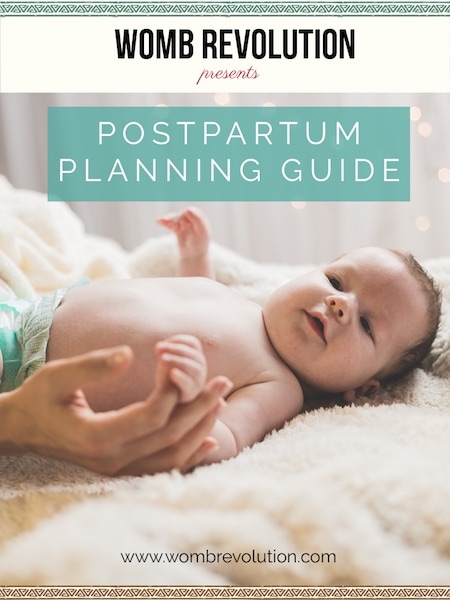Having a baby in a breech position is one of the most common reasons for a cesarean birth. In some cases, a vaginal breech birth is possible (depending on the circumstances), but getting a breech baby to turn head down can save you a lot of worries. While some babies tend to turn head down by 34 weeks, others need a little help. Actually, they typically don’t need help, they just need the proper environment in order to move. The following guide is designed to help you provide a better environment for a vertex presented baby (head down).
Keep in mind, that while many mothers do all they can to help a breech baby turn, not all babies can be positioned into the vertex position. While doctors are not 100% certain of the reason, the American Pregnancy Association lists the following reasons for a breech baby: multiple pregnancies, if a woman has had a premature birth previously, if the uterus has too much or too little amniotic fluid, if the uterus has an abnormal shape or if there is a placenta previa.
Results from the techniques listed below vary from person to person. Do not do any part of this guide that causes pain or discomfort and be sure to talk to your healthcare provider before beginning any of the movements suggested in this post.
| Inversion allows gravity to help pull the baby into the head down position. This movement can be done on a stair, couch or chair. The goal is to hold the position for 30 seconds to stretch the uterine ligaments and allow less tension and more space for your baby to move. Contraindications heartburn, glaucoma, hypertension, or if you are at risk of a stroke. |
Stop any movement that feels uneasy.
Find detailed instructions here.
| Continuing with the Spinning Babies techniques, the open knee-chest position is a great pose to hold for breech presented babies. The goal is to create an “A” shape with your legs and chest. Your partner should place the sheet under your abdomen and pull backwards to take stress off of your hips and chest. Hold this position for several minutes. |
Stand up against and lean on a counter or flat surface, and squat partially. Begin moving your hips into the shape of the letter “8.” Do this movement as wide as you can for several minutes. My patients have compared this motion to "getting down on the dance floor.”
Although this muscle is relatively small, it accounts for a great majority of muscle strains within the pelvic cavity and can be relaxed by stretching for 30 seconds on each side following the picture below.
One of the main goals of helping breeched babies turn is to release tension within the pelvis. Swimming can reduce tension within your low back and hips due to the weightlessness it creates. Because of its low impact, swimming is great for joint and soft tissue pain including round ligament pain. Only swim as long as you are comfortable, and if you have sore muscles, try walking in the shallow end of the pool. Be sure to be careful when exiting the pool and wear non-slip footwear.
Step 7—Chiropractic Care
Aside from balancing the pelvis, spine and the soft tissues that are associated with breeched presentations, some of the benefits of chiropractic care during pregnancy range from a decrease in labor and delivery time, controlling symptoms of nausea, relieving back pain and maintaining a healthier overall pregnancy!
The Webster Technique is the preferred chiropractic technique used to assess and treat mothers with breeched babies. The Webster Technique was created to realign the sacrum and balance the surrounding soft tissue in an effort to release torsion on the uterus within the pelvic cavity. Depending on the prenatal chiropractor you see, many have an 80% success rate in helping babies turn head down. While many chiropractors treat women throughout pregnancy, only Webster Certified practitioners are trained through the International Chiropractic Pediatric Association. Check out this link to find one close to you and be sure to discuss any associated risks and recommendations before beginning care.
| Dr. Bob Mason earned his Bachelor of Science degree from Shawnee State University and his Doctorate of Chiropractic from the prestigious Palmer College of Chiropractic in 2006. After graduation, he began practicing in Ohio, and was fortunate enough to help thousands throughout the Columbus community before moving to Charlotte. Dr. Mason specializes in multiple chiropractic techniques. He is advanced proficiency rated with Activator Methods, Palmer, Sacro-Occipital and The Webster Technique allowing patients to receive customized treatments. |
